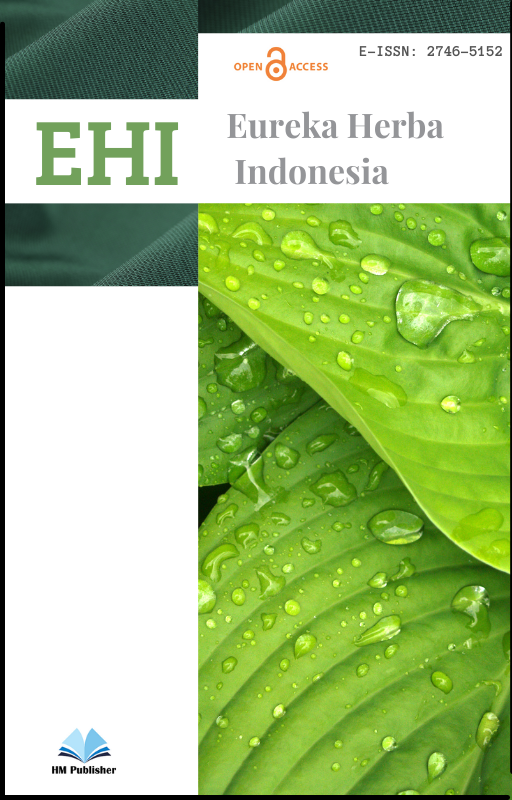Main Article Content
Abstract
Identification of the functional groups of tannins, triterpenoids, and flavonoids in jamblang is important to determine the type and content of bioactive compounds found in jamblang. By knowing the type and content of these bioactive compounds, the potential of jamblang as a traditional medicine can be further optimized. This study aims to explore the identification of tannin, triterpenoid, and flavonoid functional groups in jamblang. The literature search process was carried out on various databases (PubMed, Web of Sciences, EMBASE, Cochrane Libraries, and Google Scholar) regarding the identification of tannin, triterpenoid, and flavonoid functional groups in jamblang (Syzygium cumini). This study follows the preferred reporting items for systematic reviews and meta-analysis (PRISMA) recommendations. Jamblang contains various types of tannins, including catechins, gallotanins, and proanthocyanidins. Jamblang contains various types of triterpenoids, including phytosterols, triterpenoid saponins, and other triterpenoids. Jamblang contains various types of flavonoids, including flavonols, flavanones, and anthocyanins.
Keywords
Article Details

This work is licensed under a Creative Commons Attribution-NonCommercial-ShareAlike 4.0 International License.
1. Authors retain copyright and grant the journal right of first publication with the work simultaneously licensed under a Creative Commons Attribution License that allows others to share the work with an acknowledgement of the work's authorship and initial publication in this journal.
2. Authors are able to enter into separate, additional contractual arrangements for the non-exclusive distribution of the journal's published version of the work (e.g., post it to an institutional repository or publish it in a book), with an acknowledgement of its initial publication in this journal.
3. Authors are permitted and encouraged to post their work online (e.g., in institutional repositories or on their website) prior to and during the submission process, as it can lead to productive exchanges, as well as earlier and greater citation of published work.





